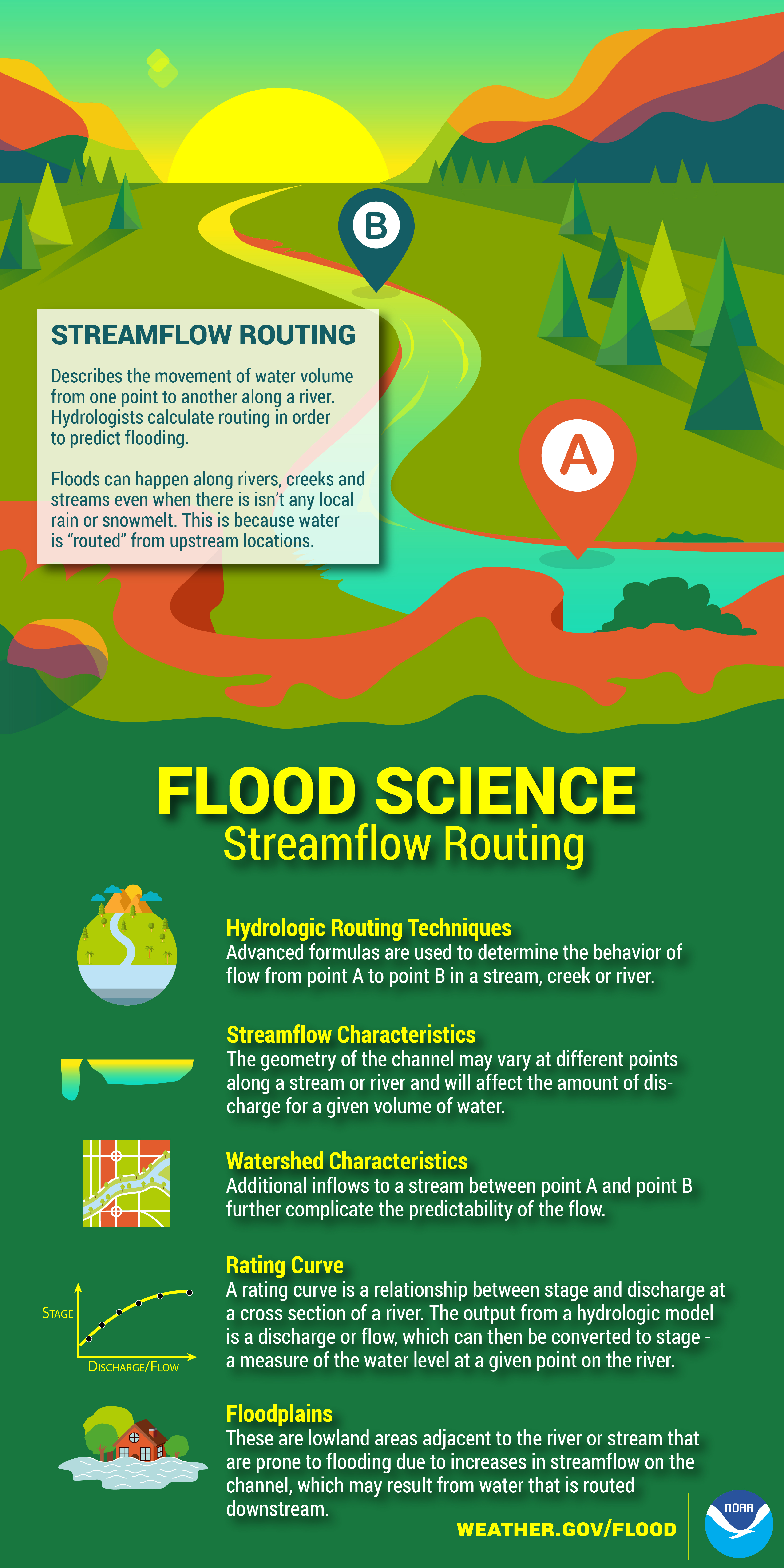The Science Behind Mold And Mildew Growth After Water Damages
The Science Behind Mold And Mildew Growth After Water Damages
Blog Article
Write-Up By-Dickens Godfrey
So, you've dealt with water damages in your home, but have you ever before wondered what really takes place behind the scenes that results in mold growth? Comprehending the scientific procedures at play can be critical in tackling this concern properly. From the initial impact of water on surface areas to the role of moisture in mold and mildew development, there are intricate devices that establish the stage for mold and mildew to thrive post-water damage. Keep tuned to discover https://postheaven.net/latonya28keven/discovering-the-scientific-basis-of-mold-growth-after-water-damage behind mold growth after water damages and just how you can fight it.
## Influence of Water Direct Exposure on Surfaces
When water permeates surfaces, it launches a series of chain reactions that pave the way for mold and mildew development. This invasion develops a moist setting where mold and mildew spores, which are constantly present airborne, can grow. PuroClean of Nanuet flooded basement cleanup companies near me acts as a catalyst, causing inactive mold spores to germinate and start the development process. As soon as activated, these spores feed upon natural products existing in the affected location, such as wood, drywall, or fabric, breaking them down to sustain their development.
The impact of water exposure on surfaces is extensive. https://www.bobvila.com/articles/ceiling-repair-cost/ does it give the needed conditions for mold and mildew to grow, however it also weakens the architectural honesty of the materials it infiltrates. As mold swarms expand and spread out, they can trigger significant damage to the surface areas they inhabit. This damage can jeopardize the security of the affected framework and might require extensive repairs to fix. For that reason, addressing water damage promptly and successfully is essential in protecting against mold development and protecting the honesty of the damaged surface areas.
## Duty of Wetness in Mold Development
Wetness plays an essential duty in promoting mold development, creating an atmosphere conducive to spore germination and development. When water damage occurs, the excess moisture provides a breeding place for mold and mildew to grow.
Mold spores, which exist all over in the environment, call for moisture to turn on and begin the growth procedure. As soon as these spores run into a damp or damp area, they take in the wetness and start to increase rapidly. The existence of wetness not just initiates the germination of spores but likewise sustains the growth of mold and mildew hyphae, the branching filaments that develop the text of the mold.
These hyphae spread and launch more spores, further polluting the location. Consequently, managing wetness levels is critical in preventing mold growth after water damages. Proper drying strategies and dampness control measures are important to prevent mold development and safeguard your interior environment from mold-related issues.
## Environmental Variables Influencing Mold And Mildew Growth
To comprehend mold and mildew growth after water damage, it's necessary to take into consideration the different ecological variables that influence the spreading of mold and mildew nests.
Temperature plays a significant function in mold and mildew development, with most mold and mildews growing in temperature levels between 77-86 ° F (25-30 ° C).
High moisture levels above 60% produce a conducive environment for mold spores to sprout and spread out quickly.
Poor air flow aggravates the issue by capturing wetness inside your home, giving an excellent setting for mold and mildew growth.
Additionally, darkness advertises mold and mildew expansion, making surprise or encased areas more vulnerable to problems.
Airflow and air top quality are vital in mold avoidance, as stationary air can cause moisture build-up and produce desirable problems for mold and mildew to flourish.
Outdoor variables like distance to bodies of water or damp dirt can likewise affect interior mold and mildew development with boosted humidity degrees.
## Verdict
So, to sum it up, when water permeates into surfaces, it produces a perfect breeding place for mold and mildew to expand and spread.
By controlling wetness degrees and making sure appropriate ventilation, you can stop mold and mildew from creating more damages to your home.
Bear in mind, remaining aggressive in managing water damage is crucial to maintaining mold and mildew at bay and preserving a risk-free living atmosphere.